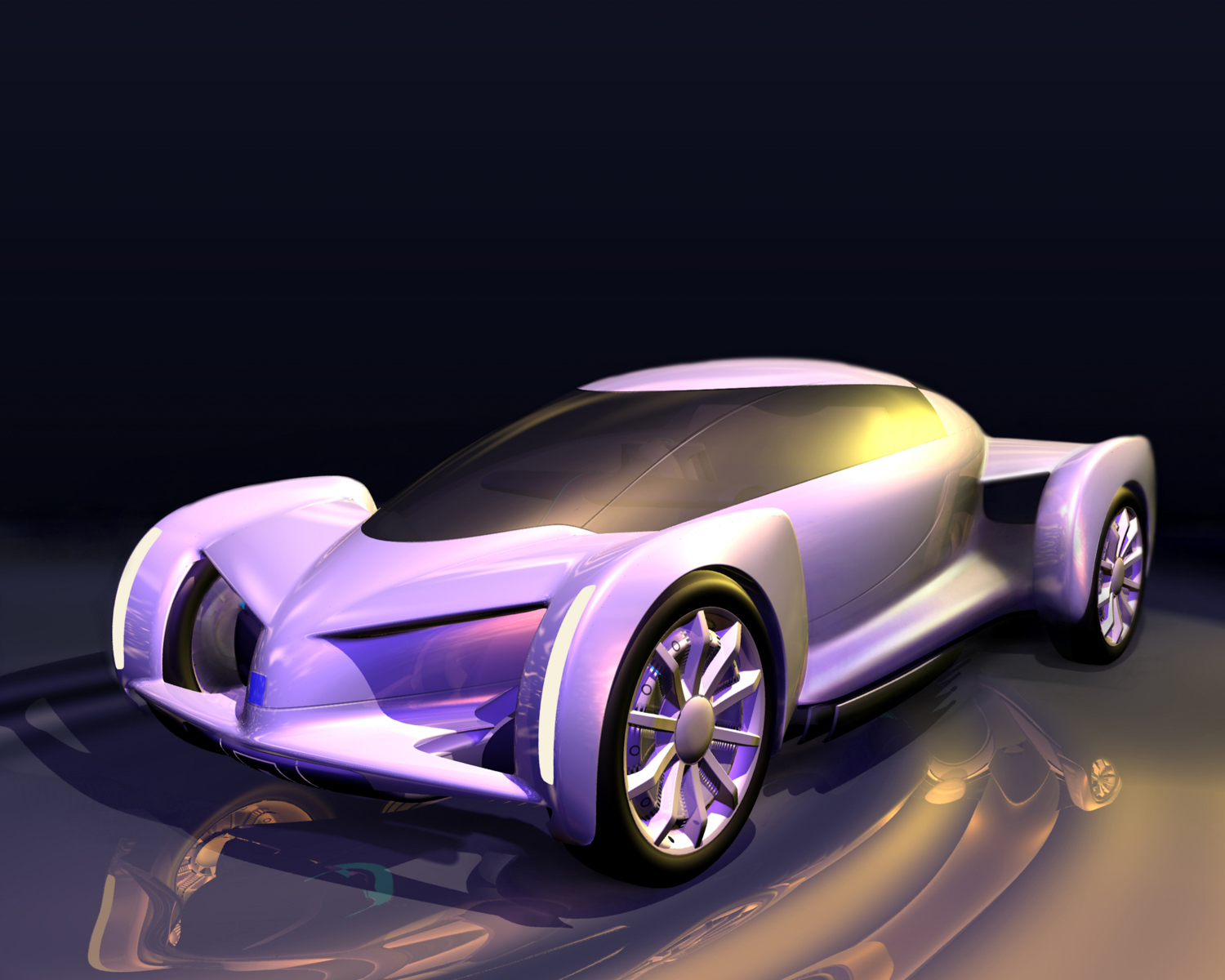Media | Articles
These modular concept cars were jacks of all trades and masters of weird
We live in a veritable parade of progress: every passing year brings to us the most technologically advanced automobiles ever built. The achievement here is not flying cars or nuclear-powered ones, but cars that can do everything we demand. One car for all tasks! One car for the Rubicon and the Nürburgring!
We want our second-biggest lifetime financial commitment to carry an armada of kids, tramp through the woods, haul lumber, accelerate, corner, and stop more confidently and reliably than a 20-year-old supercar. Thanks to technology, and judicious application of power, we’ve finally done it: when a nearly three-ton SUV—sorry, Sports Activity Coupe—like a BMW X6M can pump out 567 horsepower, hit 60 mph in 3.8 seconds, pull nearly 1g on a skidpad, haul at the very minimum an IKEA LACK side table, and also look vaguely sporty, we’ve achieved vehicular singularity.
But in the near-recent past, engineers took that “one car for everything” ethos to its literal end. Imagine changing your convertible to a pickup with a few hand tools and the help of a friend. Imagine unmooring from the mothership before entering the city. Or turning your taxicab into a cop car—and then a tow truck, and then an ambulance.
The dream of the modular car, as interchangeable as a Leatherman multitool, survived long into the 21st century. Here are five concepts that illustrate that dream.
Plymouth Voyager III, 1989
Marketplace
Buy and sell classics with confidence
One of the strangest creations to emerge from Chrysler’s bizzaro-world concept heyday, the Voyager III was the “future of the minivan,” according to this cheery video from the Chicago Auto Show. On the twin-engined, 17-foot-long Voyager III, one simply pressed a button and two small side doors extended open, then a pair of its eight total wheels dropped down, and the command module—as its designers called it—detached from its shipping container of a rear. The resulting vehicle was a rotund commuter pod that seated three and sipped propane from a 1.6-liter four-cylinder. The rear five-passenger module, presumably, burned up in low Earth orbit.
Mercedes-Benz VRC Concept, 1995

A coupe that transforms into a convertible that transforms into a van that transforms into a pickup truck! That was the vision of the handsome and light blue Vario Research Car, introduced at the Geneva Motor Show in 1995—possibly the purest distillation of modularity. In Mercedes’ vision, customers don’t own the bodies, but instead rent them from dealers, whose technicians have been entrusted with the delicate operation of switcharoo. The company therefore becomes the state, eliminating private enterprise.
The carbon-fiber body panels weigh up to 110 pounds, and small electric motors help position and lock them into place. Decades later, the company would revisit the idea with the Vision Urbanetic, a skateboard chassis (more on that later) that changes from an egg into a box.
Lancia Capsula, 1982

By the mid-1970s, having taken wedges to their logical end, Giorgetto Giugiaro turned his laser-focus to space efficiency. For the masses, he penned the Volkswagen Golf in 1974. Years later he designed the Alfa Romeo New York Taxi and the Lancia Megagamma, which not only predicted the rise of the minivan but is also the coolest-named minivan in existence.
But all those designs paled against 1982’s Lancia Capsula, the one-box ethos taken to towering heights. The Capsula resembled a minivan squashed upon another minivan, which was the point: the upper cabin could be removed from its skateboard chassis (ah, there’s that skateboard again) and swapped out with a dizzying array of functional bodies—Giugiaro envisioned ambulances, fire trucks, canvas-paneled vans, school buses, even tow trucks. For a car just 12-feet long, it had more interior volume than Giugiaro’s Golf. Most of it, apparently, is dedicated to hat wearers.
Rinspeed Smart Dock + Go concept, 2012

Leave it to Rinspeed, the automotive design firm equivalent of Burning Man, to resurrect the idea of the mothership, taken to its most extreme level: What if you combined a Cushman Eagle with the human pods from WALL-E?
The result was a Smart car wearing a backpack. That’s a direct quote from Rinspeed, whose founder Frank M. Rinderknecht also said, “You’re not going to take your steamer trunk as if you were going on a lengthy vacation if all you want to do is a little shopping at your local supermarket!”
Well, he’s got a point. Said backpack contains an extra set of wheels and a battery pack. Its pickup bed and enclosed van forms add functionality, which Rinspeed suggests for delivering “hot n’ round!” pizzas, or as a mobile boombox. Honestly, though, urban dwellers fleeing gentrification would embrace this thing—the ultimate cityhopper, one that could park sideways in front of the IKEA in Red Hook.
GM AUTOnomy, 2002

Lastly, leave it to GM to have the audacity to call this aberration the “Reinvention of the Automobile.” As far as dazzling center-stage concept cars go, it was derided as a glorified skateboard (especially after GM lifted off the swoopy bodyshell).
But the skateboard-structure concept, as seen in these previously-mentioned examples, is brilliant: Once you isolate all the mechanical components into a package as low and narrow as possible, any vehicle body can be placed on top—and why not add a bit of versatility?
But that wasn’t all. With the hydrogen fuel-cell AUTOnomy, GM envisioned unshackling designers from the restraints of internal combustion. Modularity, ease of manufacture, increased space. It planned to throw a billion dollars at the idea. In 2003, it announced production by the far-off year of 2010. And yet, it might actually have reinvented the automobile. Just one module came—the Hy-Wire sedan, debuting that same year with drive-by-wire technology.










